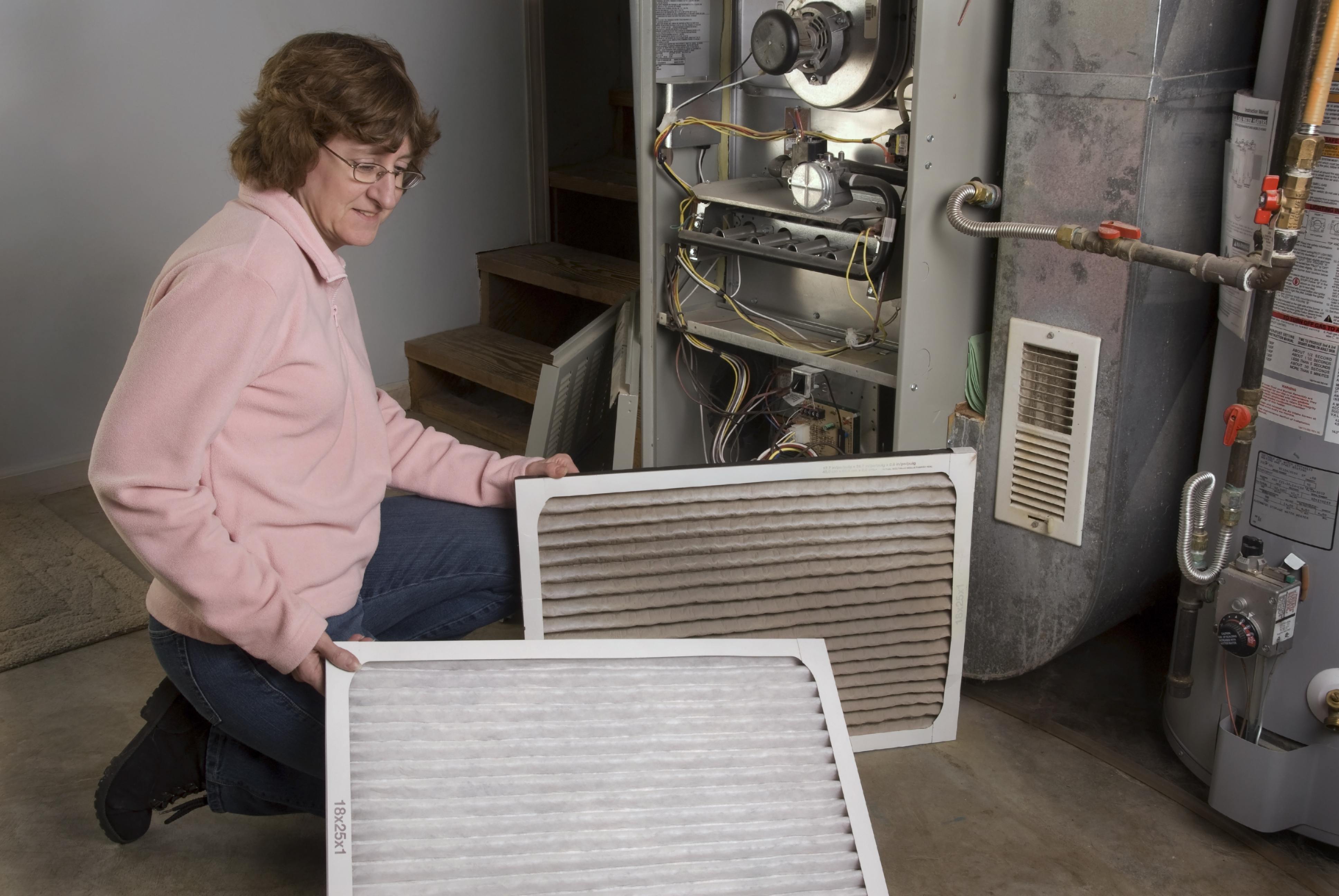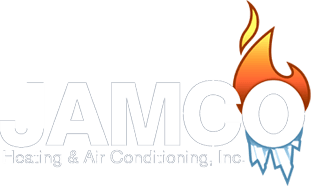What to look for when purchasing a new gas furnace for your home

The life expectancy for a gas furnace is typically somewhere around 15 years. If you have an old furnace you need to replace, you have a wide range of options to consider. Deciding which furnace option is best can be difficult, so here are the main things you’ll want to consider to help ensure you make the right choice.
Furnace Size and BTUs
The first step in choosing a new gas furnace is to determine how many BTUs you need to heat your home effectively. When sizing a furnace, the technician will need to perform what’s known as a load calculation. This calculation factors in both the size of your home and how cold the winters typically are where you live. In Philadelphia and the southern New Jersey area, you typically need somewhere between 40 and 50 BTUs of heating per square foot. If your home has higher ceilings, you’ll need a slightly larger, more powerful furnace than you would if all rooms have standard 8-foot or 9-foot ceilings.
The BTU-per-square-foot requirements are just the starting point. To accurately calculate what size of furnace you need, the technician will also have to check how well-insulated your house is and whether the structure is sufficiently sealed or has lots of air leaks. The technician will also factor in the location and size of all of the windows and exterior doors in your home since these are the main sources of heat loss. Typically, you need 500 additional BTUs of heat for every exterior door and window. If you have old single-pane windows or your windows and doors leak lots of air, your BTU requirements will be even higher.
AFUE Ratings
Energy efficiency ratings are extremely important when choosing a new gas furnace since furnace efficiency will determine how much it costs to heat your home. Gas furnaces are either medium-efficiency conventional units or high-efficiency condensing units. The difference between the two is that condensing units have two heat exchangers, which makes them more efficient than conventional units that only have one heat exchanger.
The energy efficiency of a gas furnace is expressed in its AFUE (Annual Fuel Utilization Efficiency) rating. AFUE measures the percentage of energy that the furnace effectively uses to heat the air in the home. Most conventional furnaces are only around 80% AFUE, but some units can be as high as 89% AFUE. Condensing furnaces range anywhere from 90% to 98.5% AFUE.
You can easily use AFUE ratings to estimate how much a more efficient furnace would save you in heating costs. A 95% AFUE furnace will use approximately 15% less energy than an 80% AFUE furnace. In other words, the higher efficiency unit would cost 15% less to operate.
Furnace Speeds
The type of furnace you choose is just as important as its energy-efficiency rating in terms of how much it will cost to heat your home. It will also directly impact how much your new furnace costs and possibly how long it lasts. Single-stage furnaces are less expensive, but they use more energy, cost more to run and typically have a shorter life expectancy.
A two-stage furnace will make your heating costs lower, as these units don’t always have to run on full power as single-stage units do. A single-stage furnace can run at full power whenever it needs to produce much more heat, but will mostly run at around 65% of its full capacity so it uses less energy.
There are also modulating or variable-speed furnaces that can slow down to only 25% capacity. In most cases, a variable-speed furnace will only need to run at full power around 20% of the time. The rest of the time, the unit will run much slower to help keep your heating costs much lower. A variable-speed furnace will typically run almost 24 hours a day and constantly adjust its speed and power based on how much heat is needed to maintain the desired temperature.
Despite running constantly, a variable-speed furnace will usually cost a bit less to run than a two-stage unit with the same AFUE rating. The main benefit of variable-speed furnaces is that they keep the temperature much more consistent so your home stays more comfortable. The only problem is that variable-speed units are much more expensive, which is why most people opt for a two-stage unit. A single-stage furnace isn’t necessarily a bad option, but it will lead to higher heating costs and also result in the temperature in your home fluctuating much more.
JAMCO Heating & Air Conditioning has been helping customers in Deptford Township, southern New Jersey and the Philadelphia area with their heating needs for more than 35 years. We are a Lennox Premier Dealer, and we can help you decide which furnace will best meet your heating needs. Our team is also ready to help if you need to have your furnace repaired or maintained or if you need any air conditioning services. For more information on our furnace installation services, give us a call today.

